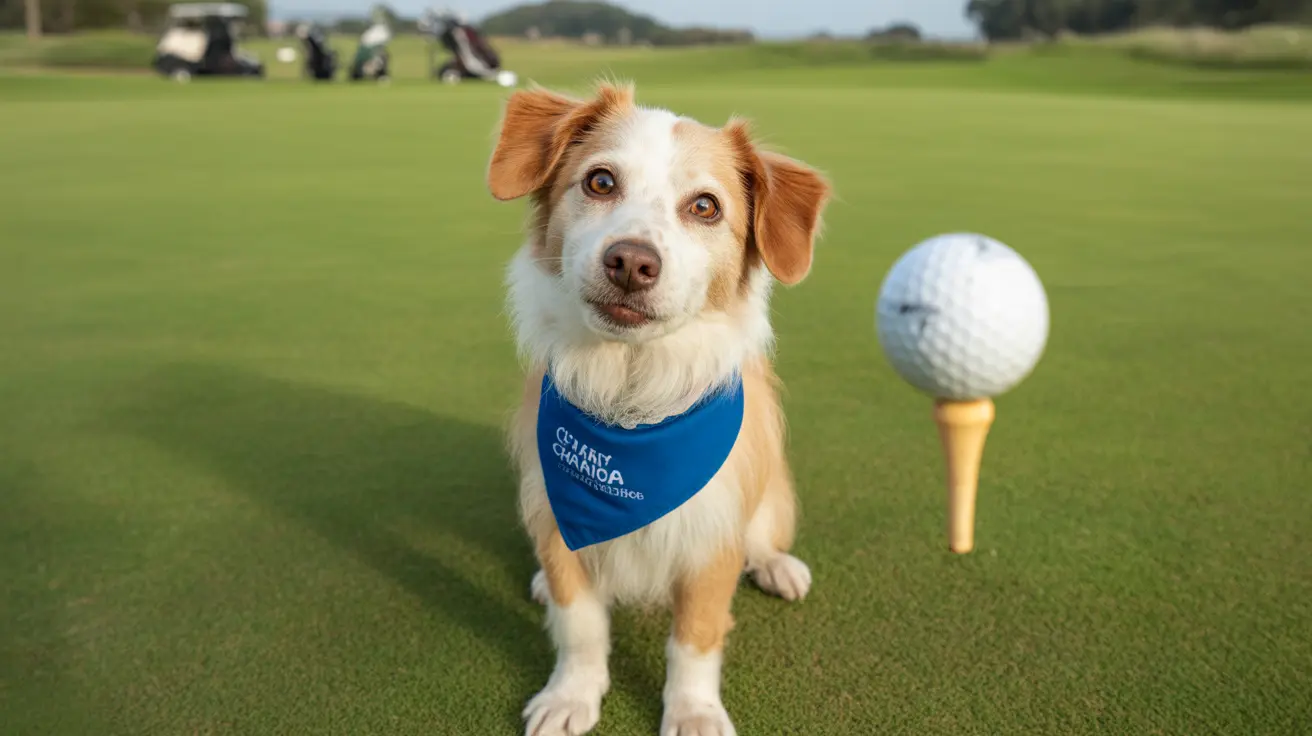Which Dog Gender is Friendlier? Examining the Differences
When choosing a furry companion, prospective dog owners often wonder: Are male or female dogs friendlier? While sex does influence certain behaviors and traits, the answer is not as straightforward as one might think. Individual temperament, breed, upbringing, and proper socialization typically have a greater impact on friendliness than gender. However, understanding general patterns related to sex can help in making informed decisions.
Physical and Hormonal Differences
Male dogs are generally larger and stronger than their female counterparts and produce testosterone, which can lead to behaviors like mounting, roaming, and urine marking. In contrast, female dogs produce estrogen and progesterone and go into heat twice a year. During estrus, behavioral changes such as restlessness and temporary aggression may occur. Spaying or neutering both reduces sex hormone-driven behaviors and can influence friendliness levels.
Temperament and Behavioral Tendencies
- Male dogs have been observed to be more dominant, bold, and territorial.
- Some studies indicate that male dogs show higher aggression levels, especially toward other male dogs.
- Female dogs are usually easier to housebreak, more attentive, and seen as more affiliative toward humans.
- Females often form stronger attachments to their owners and adapt better to structured or cooperative tasks.
These characteristics may point to more consistently friendly behavior in females, but it strongly depends on individual personalities.
Aggression and Social Compatibility
- Male dogs typically show dominance-related aggression towards other dogs.
- Some spayed females may exhibit increased reactivity, even towards humans.
- In multi-dog households, opposite-sex pairs tend to coexist better, while female-female pairs show a higher risk of conflict.
Training and Responsiveness
Training is an important factor in a dog’s temperament. While female dogs are often seen as more attentive and obedient, training success is largely reliant on the individual dog and consistency of method. Males can be equally trainable, especially when positive reinforcement is used. However, young males may be more easily distracted.
Cognitive and Sensory Differences
- Male dogs may be more flexible in switching navigation strategies.
- Females may show better learning in limited areas, relying more on visual cues and social responsiveness.
- In terms of olfaction, both sexes are highly capable but males may show more interest in social scents, such as vaginal secretions.
Common Behaviors by Sex
- Unneutered males frequently engage in marking and mounting.
- Females may exhibit similar behaviors when in heat.
Health Implications
Though care requirements are largely similar, each sex has specific health considerations:
- Unspayed females risk mammary tumors and pyometra.
- Intact males may face testicular cancer and prostate issues.
- Early neutering might raise specific health risks, such as joint disorders or cancers.
- Spay surgery tends to be more complex and costlier than neutering.
Key Takeaways and Generalizations
- Males: bolder, more territorial and playful; potentially more aggressive.
- Females: mature faster, more focused, form stronger human bonds.
- Both sexes: can display aggression based on context, breed, upbringing.
- Neutering/spaying: reduces some sex-specific behaviors, impacts affect and health.
Friendliness Is More Than Just Gender
Ultimately, while some trends suggest that female dogs may be more affiliative and emotionally tuned to humans, individual factors dominate. The most important factors influencing friendliness include:
- Early socialization
- Training consistency
- Breed tendencies
- Owner involvement
Both males and females can become equally affectionate and friendly companions if raised and cared for properly. Instead of focusing solely on sex when choosing a dog, look at the individual pup’s personality, energy level, and compatibility with your lifestyle.





